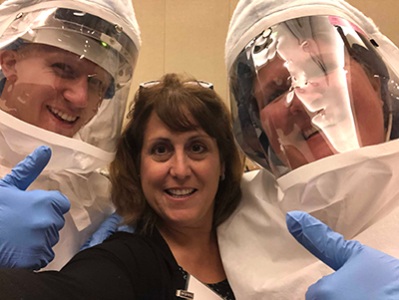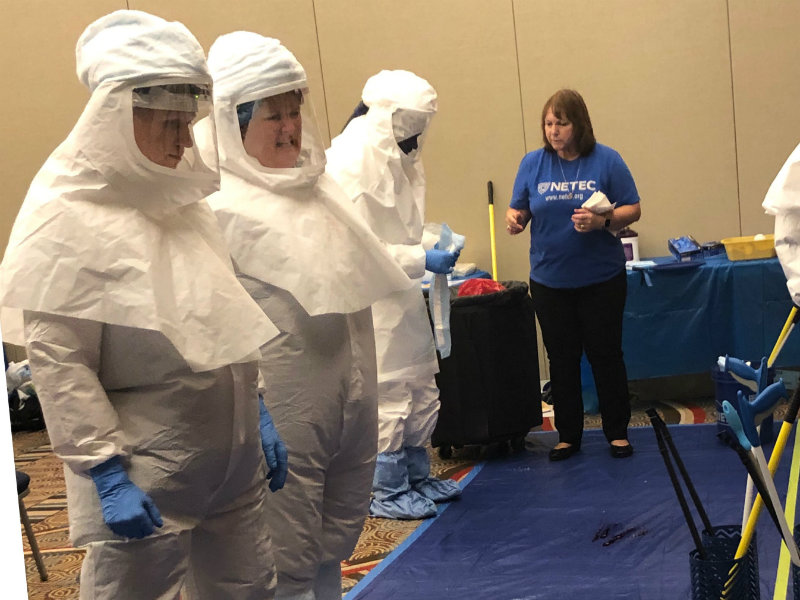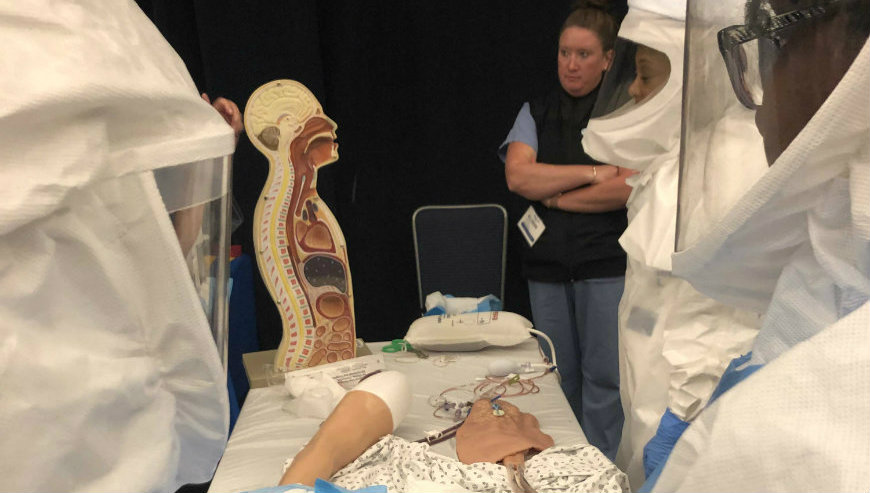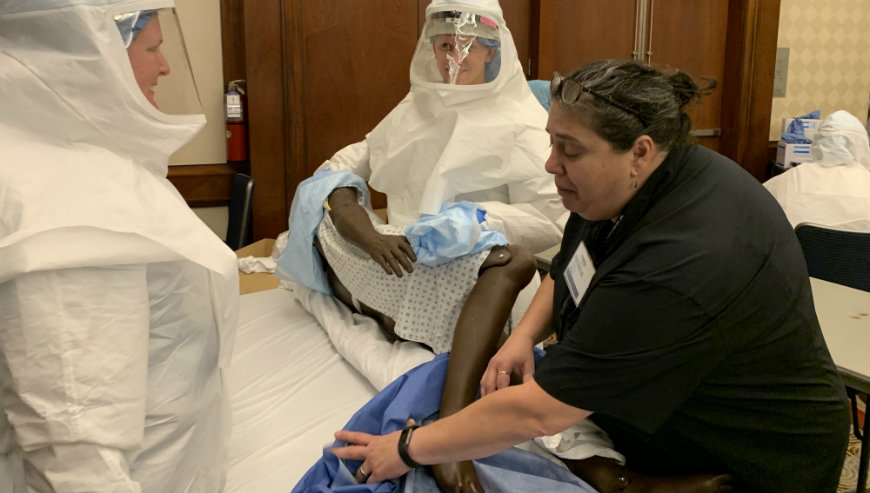Condition
Ebola
Transmission
Transmission occurs by direct contact with the blood, body fluids and tissues of infected people or animals. Ebola is not spread through casual contact, air, water and food. Becoming infected requires direct, physical contact with the bodily fluids (vomit, feces, urine, blood, semen, etc.) of people who have been infected with or died from the Ebola virus disease previously known as Ebola hemorrhagic fever. The risk of transmission is low.Medical experts say advanced healthcare systems prevent the likelihood of a major outbreak in the United States, unlike in West Africa where thousands have died from the virus. "Ebola is not spread through casual contact; therefore, the risk of an outbreak in the U.S. is very low. We know how to stop Ebola’s further spread: thorough case finding, isolation of ill people, contacting people exposed to the ill person and further isolation of contacts if they develop symptoms," according to the CDC.
Common Symptoms of Ebola
A person infected with Ebola is not contagious until symptoms appear. Unexplained fever (greater than 38.6℃ or 101.5℉) with or without:
- Abdominal (stomach) pain
- Diarrhea
- Muscle pain
- Severe headaches
- Unexplained bleeding inside and outside the body
- Vomiting
Symptoms include the sudden onset of fever, sore throat and weakness. Other symptoms that develop include vomiting, diarrhea, rash, internal and external bleeding.
The incubation period - time between infection and display of symptoms - is two to 21 days. Symptoms can appear two to 21 days after exposure.
Who's at Risk?
Healthcare providers caring for and in close contact with Ebola patients are at the highest risk of getting sick because they may come in direct contact with the blood or body fluids of sick patients, according to the CDC.Providers Who Treat Ebola
Departments that Treat Ebola

Infectious Diseases
Our Division of Infectious Diseases is the major referral center for infectious diseases in the Washington, D.C., area, helping thousands of patients each year, and actively promoting prevention through community outreach and education.

















